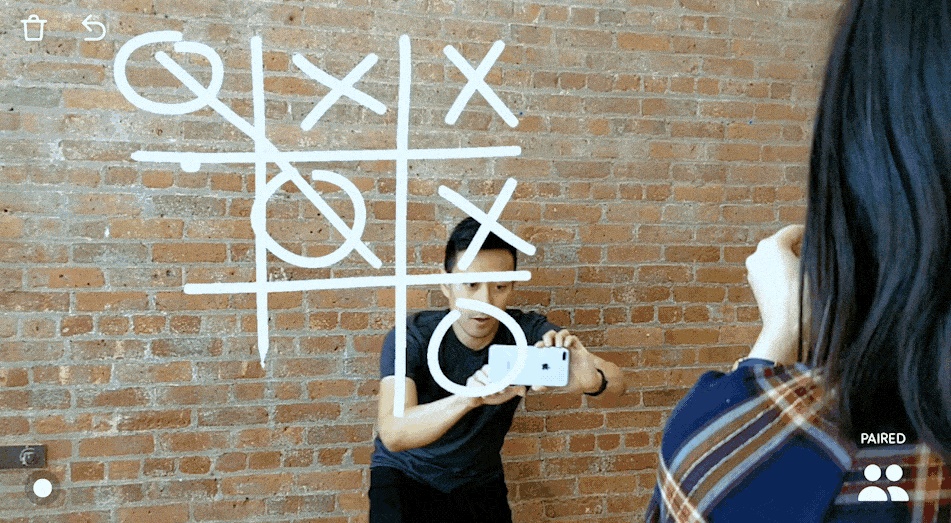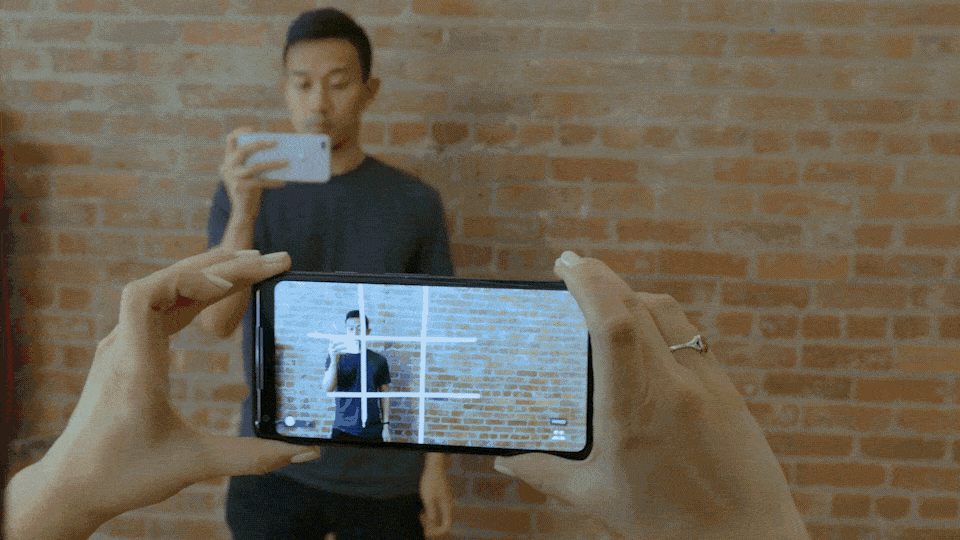 Source: Google Blog
Source: Google Blog
As announced in the Google I/O 2018 conference, the ARCore 1.2 allows users to ‘experience augmented reality together.’
ARCore is Google’s AR platform which was released three months ago as a follow up to Tango. The recent update introduces features like Cloud Anchors, vertical plane detection, and SceneForms.
Cloud Anchors makes AR experiences shareable across multiple devices at the same time. ‘Redecorating your home, playing games and painting a community mural’ in shared AR are all possible by making use of this feature, which is supported on both Android and iOS. It can be used to perform two basic operations – hosting an anchor and resolving all anchors. The only limitation is that an anchor only stays for a day and the raw data is binned in a week.

Vertical plane detection is another new feature included in the update that allows detection of vertical surfaces allowing users to place AR objects on vertical surfaces like textured walls. Using augmented images, a user will be able to animate images by pointing their phones at them.
The third major improvement is the SceneForms, a feature that allows Java developers to create 3D apps without using API’s like OpenGL. It can be used to build AR apps from scratch or to add AR features to existing apps. It comprises a 3D graphics API, a realistic physically based renderer, and an Android Studio plugin. It is also highly optimized for mobile.

The best part is that it’s supported in both iOS and Android, making it possible to use apps or play games across platforms. So far, support has been added for iPhone SE, iPhone 6S series, iPhone 7 series, iPhone 8 series, and the iPhone X.
Apart from Java, Unity and Unreal engines will also be supported. This could lead to major updates to existing apps or even a new wave of ARCore apps on the play store, where hundreds of ARCore apps are already being downloaded.



 AR
AR VR
VR